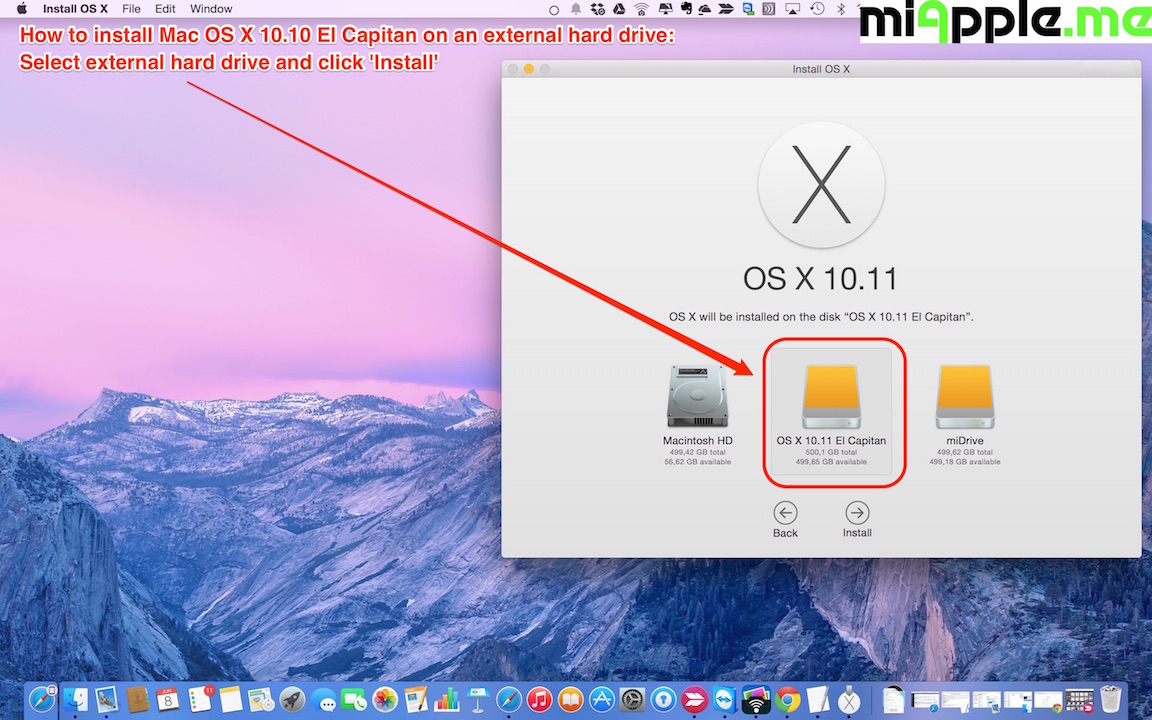

- HOW TO SETUP OS X SERVER HOW TO
- HOW TO SETUP OS X SERVER MAC OS X
- HOW TO SETUP OS X SERVER INSTALL
- HOW TO SETUP OS X SERVER PASSWORD
Save your public key to somewhere safe on your hard drive, and remember the location of your key.

If you prefer to have a passwordless login, leave it blank. After you've clicked generate, move your cursor around the blank area to generate key randomness.Īfter it's generated, it'd be wise to set a key passphrase in case the file is compromised. I personally recommend 2048 bit keys, but it's your choice. It's time for you to launch PuTTYGen and generate a SSH-2 RSA key. Once you've successfully logged in, it's time to work with PuTTYGen. You'll need them for SSH and generating your SSH keys.Īfterwards, we're gonna connect to the machine through the details your host has provided.
HOW TO SETUP OS X SERVER MAC OS X
This is how you setup SSH keys if you're using Windows, if you're using Linux or Mac OS X please skip to the next section.įirstly, download PuTTY and PuTTYGen from the official page. If you're using Windows, I recommend PuTTYGen for key generation. If you're running Mac OS X or Linux, you have the ability to generate SSH keys through their terminals.
HOW TO SETUP OS X SERVER PASSWORD
Using SSH keys makes an intruder's life harder, especially with password authentication disabled.
HOW TO SETUP OS X SERVER HOW TO
This guide will teach you how to setup SSH keys on your machine, and (TODO)optionally disable password authentication. # service rsyslog restartĪnd your centralized logging server setup has been completed successfully.I'm writing this at 9:30pm with a dumbphone, please excuse any mistakes in grammar as they're likely to be fixed in the morning. *.* restart rsyslog service using following command. Login to each client nodes and add following line at end of the file # vim /etc/nfĪdd below line, change hostname or ip with your central Rsyslog systems ip/hostname. Step 3: Configure Rsyslog on Client NodesĪfter configuring Rsyslog centralized server, lets configure clients system to send there logs to central Rsyslog server. If you are using iptables to protect your system, then you need to add following rule to open port # iptables -A INPUT -m state -state NEW -m udp -p udp -dport 514 -j ACCEPTĪfter making above changes in Rsyslog central server, restart service using following command.

*.info,mail.none,authpriv.none,cron.none ?TmplMsgĪlso remove comment from following lines ( remove starting # ) in rsyslog configuration file to enable UDP. $template TmplAuth, "/var/log/%HOSTNAME%/%PROGRAMNAME%.log" # vim /etc/nfĪnd add following lines as the end of file. Now edit Rsyslog configuration file and configure the location’s to generate log files in system. # semanage -a -t syslogd_port_t -p udp 514 If you have SELinux enabled on your system, Use following command to enable rsyslog traffic on port 514. Now we need to configure Rsyslog on central logging server to receive logs from remote clients and store them at different locations. Step 2: Configure Rsyslog on Central Logging Server
HOW TO SETUP OS X SERVER INSTALL
# yum install rsyslogĪfter installing start rsyslog service and make sure syslog is stopped on server.

Use following commands to install Rsyslog service in earlier version of RHEL/CentOS systems. Install Rsyslog service at central logging system as well as client systems. Rsyslog is default installed on RHEL based systems from RHEL 6 release. We don’t need to setup backup on each server individually. Our main aim is that all of our log files should be at on location from where we can easily backup them or use any parser to parse them at one place. This article will help you to install Rsyslog service on CentOS/RHEL 5 and configure Rsyslog to send all logs to a central server. This article is for configuring Centralized Logging Server in our hosting environment. Rsyslog is an enhanced version os syslog service in Linux. It is default logging server used from CentOS/RHEL 6 release. Rsyslog also support databases ( MySQL, PostgreSQL ) to store logs. Rsyslog is logging server used in Linux systems.


 0 kommentar(er)
0 kommentar(er)
